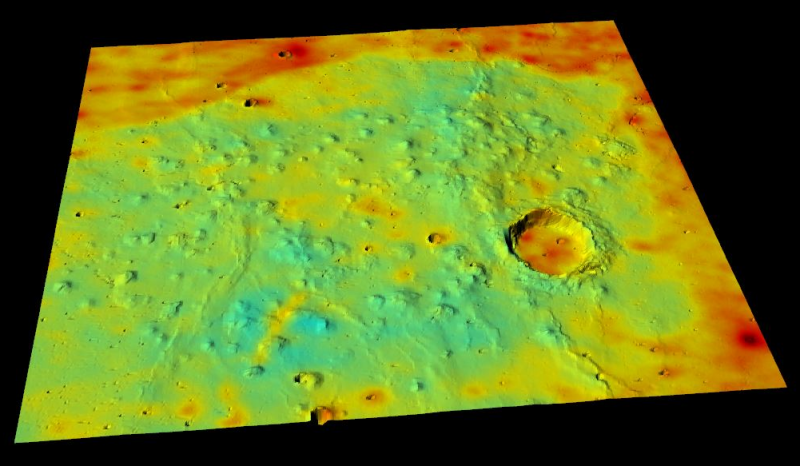2016 January 8
Polarimetry of moonlight
Three members of the BAA Lunar Section have had their work on polarimetry of moonlight accepted for publication in the prestigious professional journal ICARUS. They are to be congratulated on this remarkable achievement which demonstrates not only the high level of their own work, but also the opportunities that are still open to the amateur lunar observer. A brief description of their paper follows.
Bill Leatherbarrow, Director, Lunar Section.
Polarimetry of moonlight: a new method for determining the refractive index of the lunar regolith
Andrew Fearnside, Philip Masding and Chris Hooker

We then tested these predictions by conducting polarimetric experiments on terrestrial mineral grain samples and lunar dust simulants. These experiments confirmed our predictions. Next, we derived a simple formula to express the relationship between refractive index and the deviation from Umov’s Law and applied it to telescopic measurements of regions of the lunar surface. We analysed these lunar polarisation measurements using the new interpretation/formula in order to generate refractive index maps of the lunar surface. An example is shown in Figure 1 for the Marius Hills region of the Moon. The Aristarchus Plateau and Mare Crisium are other regions of the Moon considered in detail in the paper.
Refractive index is indicative of rock type. The dominant minerals on the Moon are plagioclase, pyroxene and olivine. Plagioclase is the least dense and has the lowest refractive index of the three (about 1.5 to 1.6). It dominates the highlands. However, pyroxene and olivine are each more dense and have higher refractive indices (about 1.65 to 1.80). They dominate in the mare regions.
We show that the Aristarchus Plateau and the Marius Hills regions both comprise materials of unusually low refractive index, especially where lunar domes are present near Marius (see Figure 1). These results throw light on the on-going debate over the geology and mineralogy of those areas. Craters in Mare Crisium are shown to contain material of low refractive index similar to highland regions. This is thought to reveal the geological stratigraphy of this region. Other craters show unusual mineralogy and are a topic of further investigation. Our new methodology is straightforward to apply and allows amateur astronomers to do genuinely novel lunar science. We are currently collecting more polarimetry data to extend our mapping coverage and allow us to refine our data and analysis. Any reader interested in joining this project is encouraged to contact us at asfearnside@hotmail.com.
The full paper is available online at http://www.sciencedirect.com/science/article/pii/S0019103515005783
| The British Astronomical Association supports amateur astronomers around the UK and the rest of the world. Find out more about the BAA or join us. |
